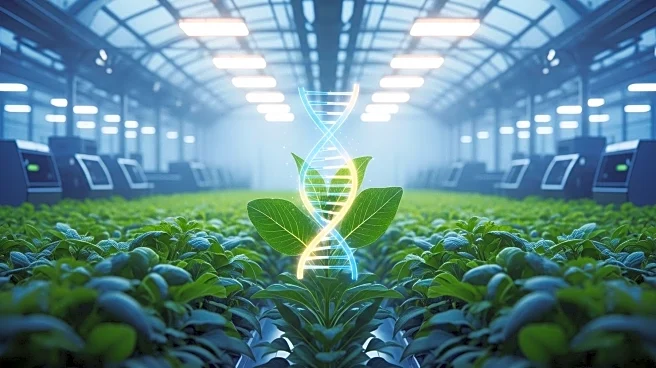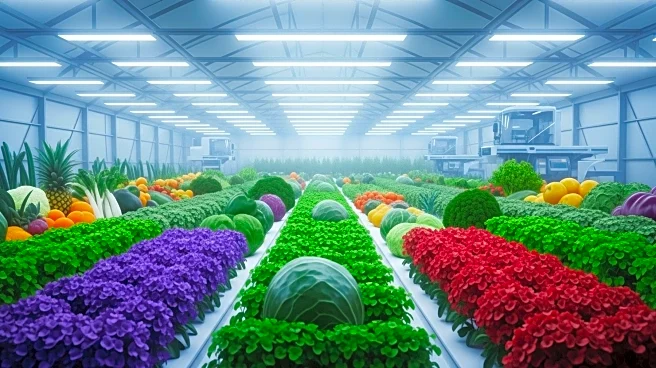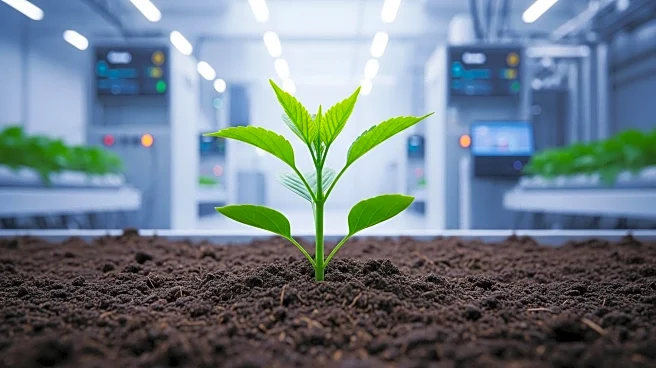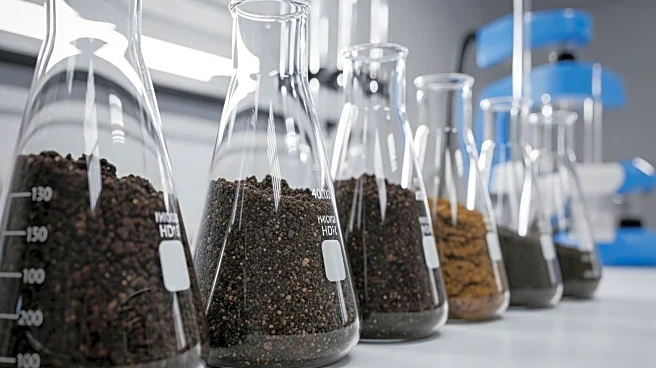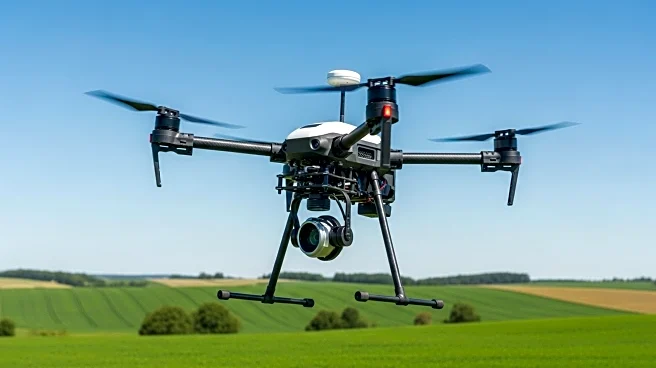What's Happening?
The global genetic engineering in agriculture market is projected to grow significantly, with revenue expected to reach USD 2.39 billion by 2033, up from USD 1.24 billion in 2025. This growth is driven by increasing demand for high-yield, pest-resistant, and climate-resilient crops, alongside advancements in biotechnology and supportive government policies. Key market segments include transgenic technology, herbicide tolerance traits, and seed licensing. North America currently holds the largest market share due to its established biotechnology infrastructure and favorable policies, while the Asia-Pacific region is the fastest-growing market due to rising food demand and government engagement.
Why It's Important?
The expansion of the genetic engineering in agriculture market is significant for global food security and sustainable agriculture. By enhancing crop yields and resilience, genetic engineering can reduce reliance on pesticides and improve resource efficiency. This growth benefits seed companies and agri-biotech firms, driving innovation and commercial adoption of genetically modified crops. The market's development also reflects broader trends in biotechnology investment and government support, which are crucial for addressing challenges like climate change and arable land loss.
Beyond the Headlines
The rise of genetic engineering in agriculture raises ethical and regulatory considerations, particularly regarding consumer acceptance and environmental impact. As the market grows, stakeholders must navigate these challenges to ensure responsible innovation. The long-term implications include potential shifts in agricultural practices and food production, influencing global food systems and sustainability efforts.
